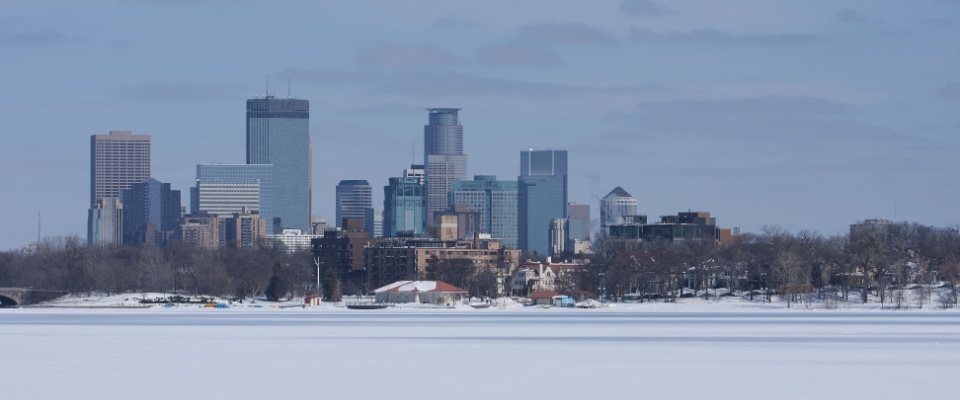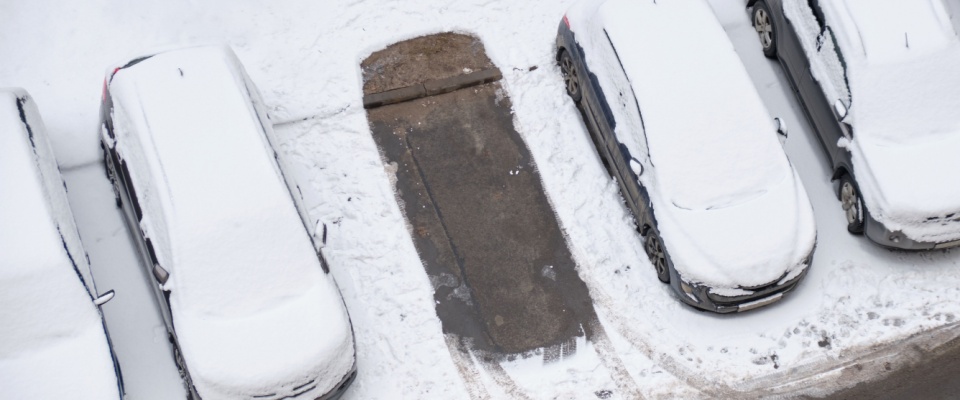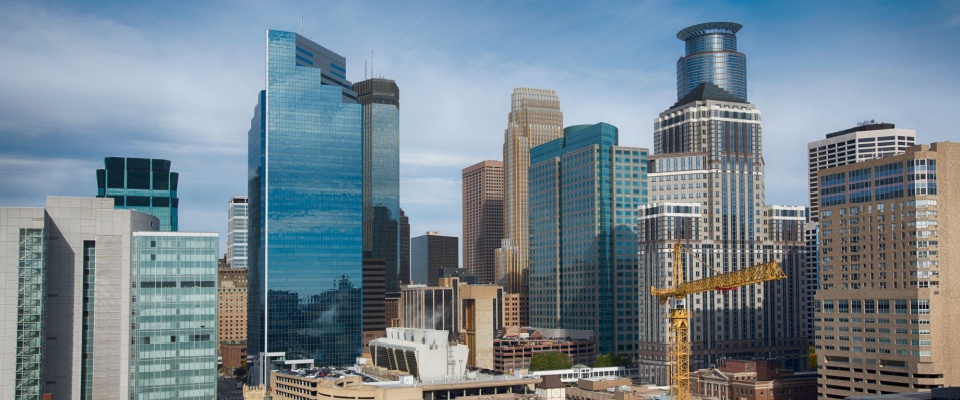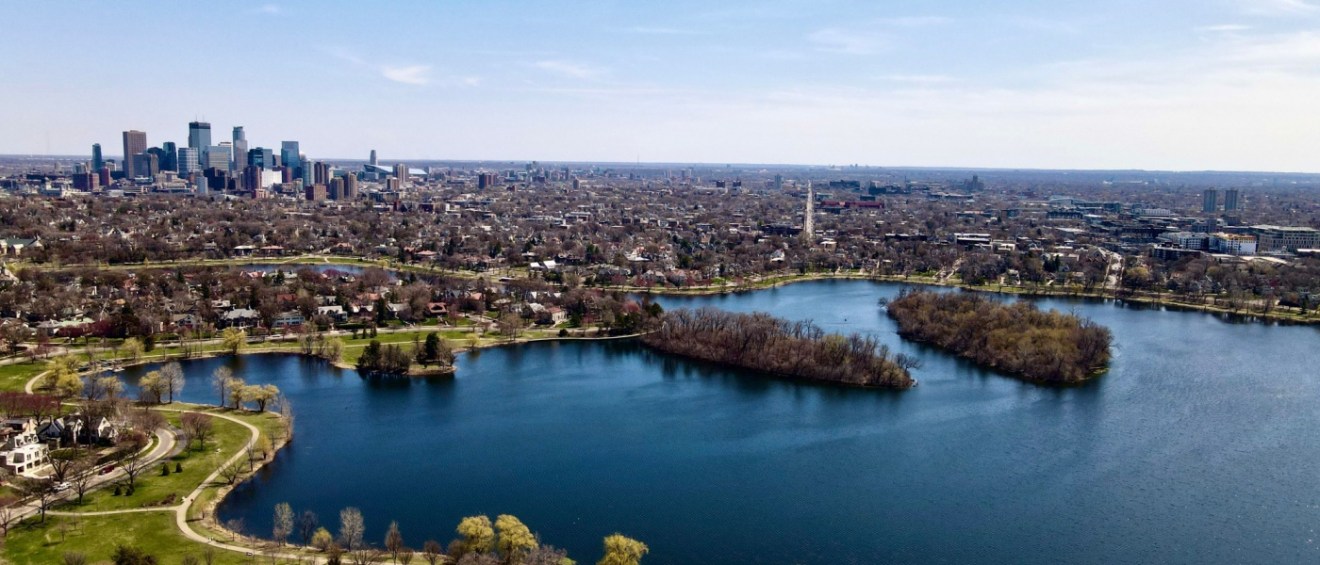Share this article:
Minneapolis offers an affordable, yet exciting city lifestyle, making it a great choice for rental apartment-hunters looking for a balance between cost and quality of life. Compared to other major U.S. cities, the cost of living in Minneapolis is lower while still providing access to excellent dining, entertainment and outdoor activities.
One major financial perk for renters is that Minnesota has no state sales tax on groceries and clothing, which helps residents save money on everyday essentials. Additionally, Minneapolis boasts a strong public transit system; beautiful parks, like Brownie Lake Park for biking and kayaking; and cultural hotspots, such as the Minneapolis Institute of Art and Guthrie Theater. The city also has a thriving job market with opportunities in tech, health care and finance. Clearly, whether you’re a student, young professional or someone looking for a more affordable city to call home, Minneapolis offers a lot of benefits for renters.
Of course, when considering renting an apartment in Minneapolis, asking the right questions can help you avoid common pitfalls and ensure you’re making the best choice. Without further ado, here are five key questions that every renter should ask before signing a lease.
1. How close is the apartment to a Metro Transit light rail station or a major bus route, and how reliable is service in winter?
Public transportation in Minneapolis is a convenient alternative to driving, especially during the winter when road conditions can be challenging. To that end, the METRO Blue and Green lines connect key areas, including downtown Minneapolis, the airport and the Mall of America. The city also has an extensive bus network, but service frequency varies by neighborhood and can be affected by heavy snow or ice.

Before choosing an apartment, check the Metro Transit schedule and routes to ensure you’ll have reliable access to work, school or entertainment. Plus, living near a well-served transit hub can also save you money on gas and parking, while simultaneously making it easier to navigate the city year-round.
2. Is the unit well-insulated for harsh winters, and how does the building handle heating costs?
Minneapolis winters are no joke with temperatures often dropping below zero. For this reason, a well-insulated apartment is essential to stay warm and avoid high heating bills. Specifically, ask the landlord about energy-efficient windows, insulation and heating systems. Some buildings may even include heat in the rent, which can be a significant money-saver.

Or, if utilities are separate, request an estimate of past heating costs so you’re not caught off guard by high Xcel Energy bills in the colder months.
3. What’s the snow emergency parking policy in this neighborhood, and how easy is it to find parking during winter?
If you own a car, it’s crucial to understand Minneapolis’ snow emergency rules. That’s because, when a snow emergency is declared, parked cars must be moved to allow for plowing — and failing to do so can result in fines or even towing. Additionally, some neighborhoods have limited street parking, making off-street options a valuable amenity.

Specifically, you should ask your landlord if the building provides covered parking, garages or designated spots. If they don’t, check the city’s snow emergency parking maps to see where you can legally park during a storm.
4. How does traffic congestion in this area change throughout the year, and what’s the best way to navigate rush hour if commuting to downtown or the University of Minnesota?
Traffic in Minneapolis varies depending on the season. During the winter, snow and ice can slow commutes, whereas, in the summer, road construction is common. As such, highways like I-35W, I-94 and Hiawatha Avenue experience regular congestion during peak hours. Therefore, if you drive, check traffic patterns in your chosen neighborhood.

Alternatively, if you rely on public transit, see how bus and light rail schedules align with your work or school hours. Or, when the weather cooperates, some renters prefer biking as Minneapolis has extensive bike lanes and trails, making cycling a practical option for many commuters.
5. Are there any upcoming construction projects or city planning changes that could affect noise levels, parking availability or neighborhood accessibility?
Minneapolis is growing with new apartment complexes, transit expansions and infrastructure projects reshaping various neighborhoods. Although this growth is great for the city’s economy, it can also mean increased noise, detours or temporary parking shortages.
So, before signing a lease, research whether any major developments or roadwork are planned near your future apartment. The Minneapolis city planning website often provides updates on upcoming projects that may affect your living experience.

Whether you’re looking for affordable apartments in Minneapolis or exploring luxury units with the ultimate high-end amenities, doing your research ahead of time can save you stress down the road.
Ready to find your next home? Start exploring rental apartments in Minneapolis today and discover a city that offers affordability, opportunity and a high quality of life.
Share this article:
Florin Petrut is a real estate writer and research analyst with RentCafe, using his experience as a social media specialist and love for storytelling to create insightful reports and studies on the rental market. With a strong interest in the renter experience, he develops data-driven resources that explore cost of living, affordable neighborhoods, and housing trends, helping renters make informed decisions about where and how they live. Florin holds a B.A. in Journalism and an M.A. in Digital Media and Game Studies.
The Ready Renter has your back
Tips, news, and research curated for renters, straight to your inbox.




Related posts
Subscribe to
The Ready Renter newsletter







